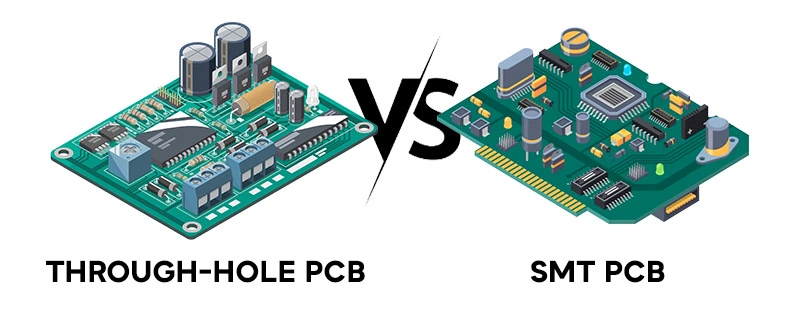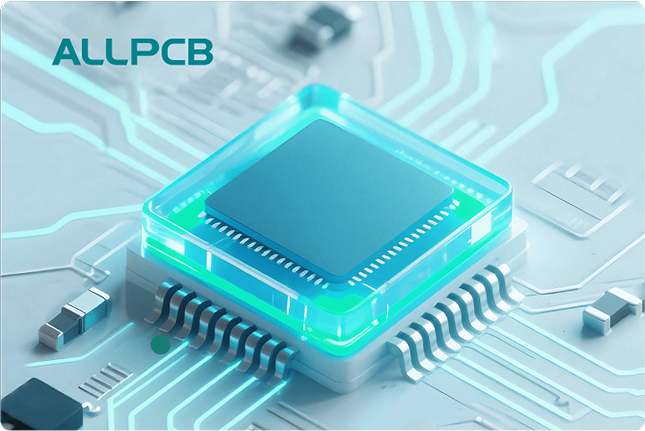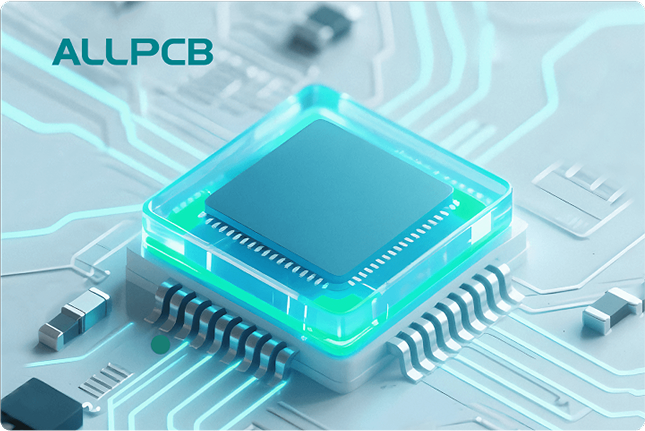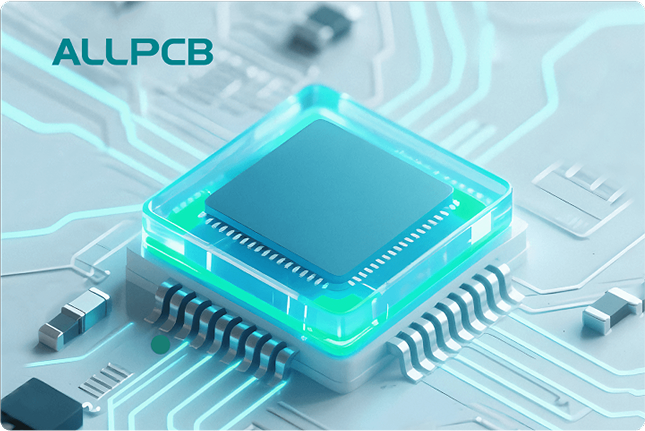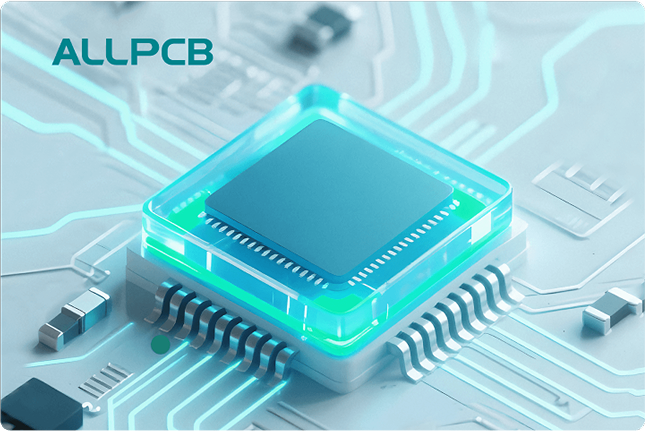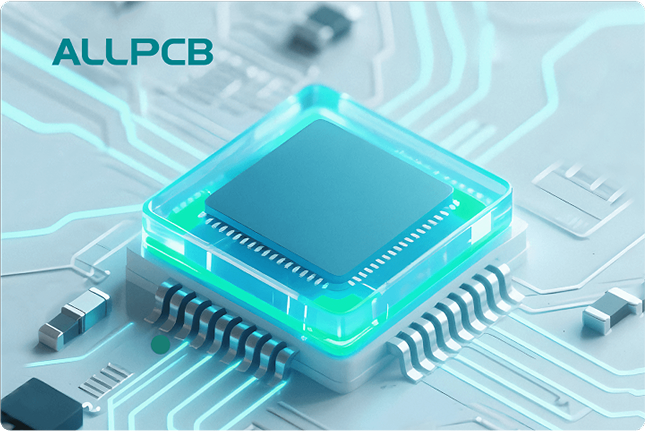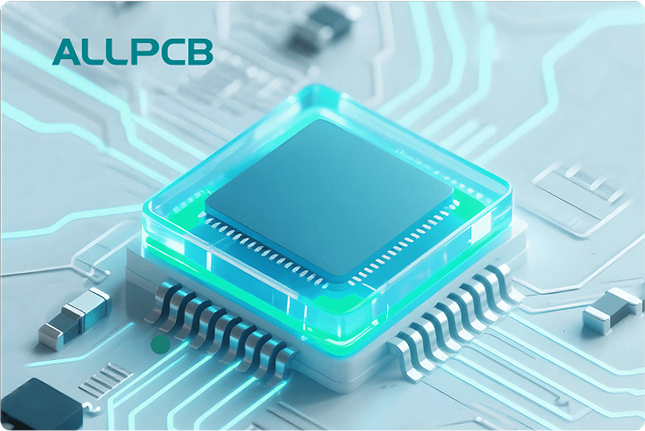When it comes to PCB assembly, choosing between through-hole technology (THT) and surface mount technology (SMT) can make a significant impact on your project’s success. Both methods have their strengths and weaknesses, and the right choice depends on factors like cost, reliability, prototyping needs, miniaturization goals, and specific applications. At ALLPCB, we’re here to help you navigate this decision with a clear comparison of through-hole vs. surface mount across key areas. In short, if you’re looking for durability and ease of prototyping, through-hole might be your go-to, while surface mount often excels in cost-efficiency and miniaturization for high-volume production.
In this comprehensive guide, we’ll dive deep into the differences between these two assembly processes, breaking down aspects like cost, reliability, and suitability for various applications. Whether you’re an engineer working on a prototype or a manufacturer planning a large-scale production run, this blog will provide actionable insights to guide your decision.
What Are Through-Hole and Surface Mount Technologies?
Before we compare the two, let’s define through-hole technology (THT) and surface mount technology (SMT). These are the primary methods used to attach electronic components to a printed circuit board (PCB).
Through-Hole Technology (THT): This traditional method involves inserting component leads through pre-drilled holes in the PCB and soldering them on the opposite side. It’s been a staple in electronics for decades due to its simplicity and strong mechanical bonds.
Surface Mount Technology (SMT): A more modern approach, SMT involves placing components directly onto the surface of the PCB and soldering them in place. This method uses smaller components and allows for automated assembly, making it popular in today’s compact devices.
Through-Hole vs. Surface Mount Cost: Which is More Budget-Friendly?
Cost is often a deciding factor when choosing between through-hole and surface mount assembly. Let’s break down the financial aspects of each method to help you understand where your budget might be best spent.
Through-Hole Cost: THT tends to be more expensive for large-scale production. The process often requires manual soldering, which increases labor costs. Additionally, drilling holes in the PCB adds to manufacturing expenses. For example, producing a board with 100 through-hole components might cost significantly more in labor compared to an automated SMT process. However, for small batches or prototypes, the initial setup costs for THT can be lower since it doesn’t require specialized machinery.
Surface Mount Cost: SMT generally offers cost savings in high-volume production. The process is highly automated, reducing labor expenses. Components are also smaller and cheaper, and there’s no need for drilling holes, which cuts down on PCB fabrication costs. For instance, SMT can reduce assembly costs by up to 30-50% compared to THT in mass production scenarios. However, the upfront investment in equipment and design software for SMT can be higher, making it less economical for very small runs.
Verdict on Cost: If you’re working on a small project or a one-off design, through-hole might be more cost-effective due to lower setup expenses. For larger production runs, surface mount is typically the better choice for keeping costs down.
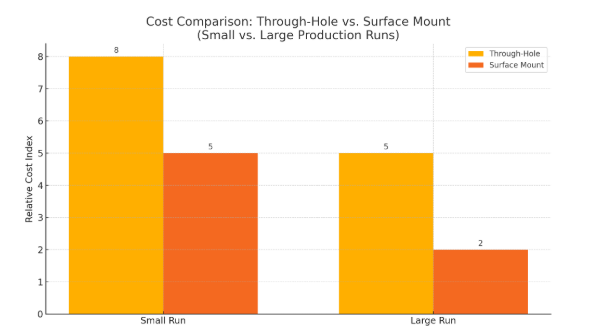
Through-Hole vs. Surface Mount Reliability: Which is More Durable?
Reliability is crucial, especially for applications where failure isn’t an option, such as in aerospace or medical devices. Let’s compare the durability and performance of THT and SMT.
Through-Hole Reliability: THT is known for its robust mechanical strength. The leads of components pass through the board and are soldered on the other side, creating a strong physical connection. This makes through-hole ideal for environments with high vibration or mechanical stress. For example, in automotive electronics, THT components can withstand shocks better, with failure rates often below 1% under extreme conditions.
Surface Mount Reliability: SMT components, while smaller and lighter, are less resistant to mechanical stress. Their connections rely on solder joints on the surface, which can crack under vibration or thermal cycling. However, advancements in soldering techniques and materials have improved SMT reliability significantly. In stable conditions, SMT failure rates can be comparable to THT, often around 0.5-1% for well-designed boards. But in harsh environments, SMT may require additional reinforcement.
Verdict on Reliability: For applications requiring high durability under stress, through-hole is the safer bet. If your project operates in a controlled environment and prioritizes space savings, surface mount can be just as reliable with proper design considerations.
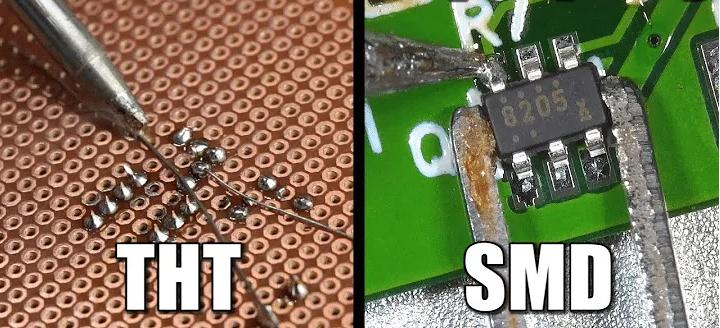
Through-Hole vs. Surface Mount Prototyping: Which is Easier for Testing?
Prototyping is a critical phase in electronics design, where ease of assembly and modification can save time and effort. Let’s see how THT and SMT stack up for prototyping purposes.
Through-Hole Prototyping: THT is often preferred for prototyping due to its simplicity. Components are larger and easier to handle, and soldering can be done manually with basic tools. This makes it ideal for hobbyists and small-scale engineers who need to test and tweak designs quickly. For instance, swapping out a resistor on a through-hole board can take just a few minutes with a soldering iron.
Surface Mount Prototyping: SMT is less convenient for prototyping, especially without specialized equipment. The tiny components require precision placement and often a reflow oven for soldering, which can be a barrier for small teams. However, for advanced prototypes where size and performance are critical, SMT allows for more compact designs. Reworking SMT boards can be time-consuming, sometimes taking 20-30 minutes per component compared to under 5 minutes for THT.
Verdict on Prototyping: If you’re in the early stages of design or working on a small-scale project, through-hole is the easier and faster option for prototyping. Surface mount may be better suited for later-stage prototypes where miniaturization is a priority.
Through-Hole vs. Surface Mount Miniaturization: Which Supports Smaller Designs?
As electronics continue to shrink in size, the ability to create compact designs is more important than ever. Let’s explore how THT and SMT compare in terms of miniaturization.
Through-Hole Miniaturization: THT struggles with miniaturization. The need for drilled holes and larger components limits how small a board can be. A typical through-hole resistor might take up 10-15 square millimeters of space, and the holes require additional clearance, making dense layouts difficult. This makes THT unsuitable for modern devices like smartphones or wearables.
Surface Mount Miniaturization: SMT shines in this area. Components are much smaller—often just 1-2 square millimeters for a resistor—and they don’t require holes, allowing for tighter packing. SMT enables double-sided assembly, where components can be placed on both sides of the PCB, further reducing the board’s footprint. For example, SMT has enabled devices like smartwatches to pack thousands of components into a space smaller than a coin.
Verdict on Miniaturization: If your project demands a compact design, surface mount is the clear winner. Through-hole is better suited for larger, less space-constrained applications.
Through-Hole vs. Surface Mount Applications: Where Do They Fit Best?
Different projects have different needs, and the choice between THT and SMT often comes down to the specific application. Let’s look at where each technology excels.
Through-Hole Applications: THT is ideal for applications where durability and reliability are paramount. It’s commonly used in industrial equipment, automotive systems, and military hardware, where components must withstand harsh conditions. For example, power supplies often use through-hole for high-current components like capacitors, which can handle up to 50 amps or more without failure. THT is also favored in educational settings and DIY projects due to its ease of use.
Surface Mount Applications: SMT dominates in consumer electronics, where size and cost are critical. Smartphones, laptops, and IoT devices rely on SMT to achieve compact, lightweight designs. It’s also widely used in automated, high-volume manufacturing for products like LED lighting and wireless modules. SMT supports high-speed circuits better, with reduced parasitic capacitance often improving signal integrity at frequencies above 100 MHz.
Verdict on Applications: Choose through-hole for heavy-duty, high-reliability applications or hands-on projects. Opt for surface mount for compact, high-speed, or cost-sensitive consumer products.
Key Factors to Consider When Choosing Between Through-Hole and Surface Mount
To make the best decision for your project, weigh the following factors based on your specific needs:
- Production Volume: High-volume runs benefit from SMT’s automation and lower per-unit costs, while small runs or one-offs may be cheaper with THT.
- Environmental Conditions: Harsh environments with vibration or extreme temperatures call for the durability of THT.
- Size Constraints: If space is limited, SMT is the only practical choice for compact designs.
- Speed of Assembly: For quick prototyping or manual assembly, THT is easier; for automated production, SMT is faster.
- Signal Performance: High-frequency applications often perform better with SMT due to reduced lead inductance, sometimes by as much as 50% compared to THT.
By evaluating these factors, you can align your choice with your project’s goals and constraints.
Conclusion: Making the Right Choice for Your PCB Assembly
Deciding between through-hole and surface mount assembly processes comes down to understanding your project’s unique requirements. Through-hole offers unmatched reliability and ease of prototyping, making it a solid choice for durable applications and small-scale testing. Surface mount, on the other hand, excels in cost-efficiency for large production runs, supports miniaturization, and is essential for modern, compact electronics.
At ALLPCB, we’re committed to helping you achieve the best results, no matter which method you choose. Our expertise in PCB assembly ensures that whether you go with through-hole for rugged durability or surface mount for sleek designs, your boards will meet the highest standards of quality. By considering factors like cost, reliability, prototyping needs, miniaturization goals, and application demands, you can confidently select the assembly process that’s right for you.
Ready to start your next project? Let us assist you in bringing your designs to life with precision and efficiency. Explore our services and see how we can support your PCB assembly needs today.
 ALLPCB
ALLPCB


